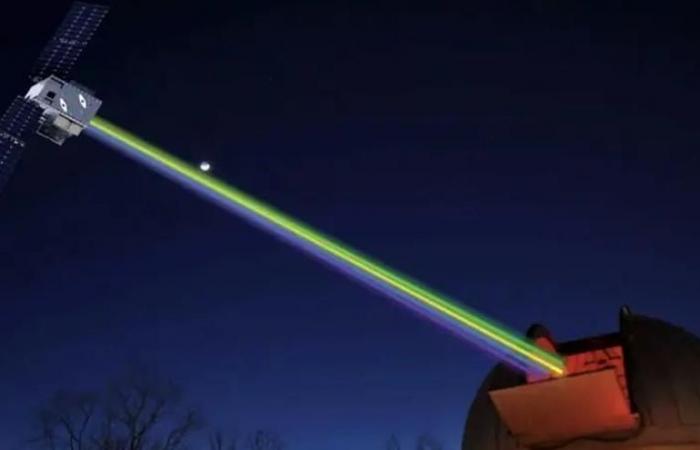NASA will launch an artificial star into orbit that will revolutionize the study of the UniverseCredit: Eliad Peretz.
NASA will undertake an ambitious project to place an artificial star in orbit: it will allow the calibration of telescopes at previously unattainable levels. The project aims to significantly improve stellar luminosity measurements and address several other challenges that hinder modern astrophysics.
Related
A new project by NASA and George Mason University in the United States will make it possible place an artificial star into orbit, which will work through a laser system. The star will only be visible through telescopes: its central objective will be the measurement of the fundamental properties of cosmic objects, which astronomers use daily in their observations.
More precise data
The initiative, framed in the Landolt Space Mission, will cost around 18 million euros. The artificial star will orbit the Earth at more than 35,000 kilometers high, a distance enough to appear like another star in the sky for ground-based telescopes. The indicated orbit will also allow it to move at the same speed as Earth’s rotation, staying in place over the United States during its first year in space.
It can be summarized that an artificial star is a device that simulates the light and brightness of a natural star, making it possible for astronomers and amateurs to test and adjust their telescopes and optical equipment. In addition, these artificial stars are used to detect possible optical anomalies or errors in measurements, since the light measured from natural stars does not always yield very precise results.
“When we look at a star with a telescope today, no one can indicate the photon rate or the brightness coming from it with the desired level of precision. With the new artificial star we will know exactly how many photons per second leave this sourcewith a precision never previously achieved,” said scientist Peter Plavchan, one of those responsible for the mission, in a press release.
A new understanding
According to an article published in The Debrief, optimizing measurements is likely to allow scientists to greatly refine their understanding of the stellar evolution and search habitable zones around exoplanets. At the same time, new ideas about dark energy and the expansion of the Universe could also emerge from these new measurements.
In other words, the artificial star will facilitate improved calibration of telescopes and equipment, by offering a constant rate of photons emitted by its laser array, delivering a reliable source of light particles that cannot be achieved using real celestial objects.
With a payload concentrated in a device the size of a toaster, the ambitious project promises to generate a true revolution in the way in which we measure and try understand the cosmos.





